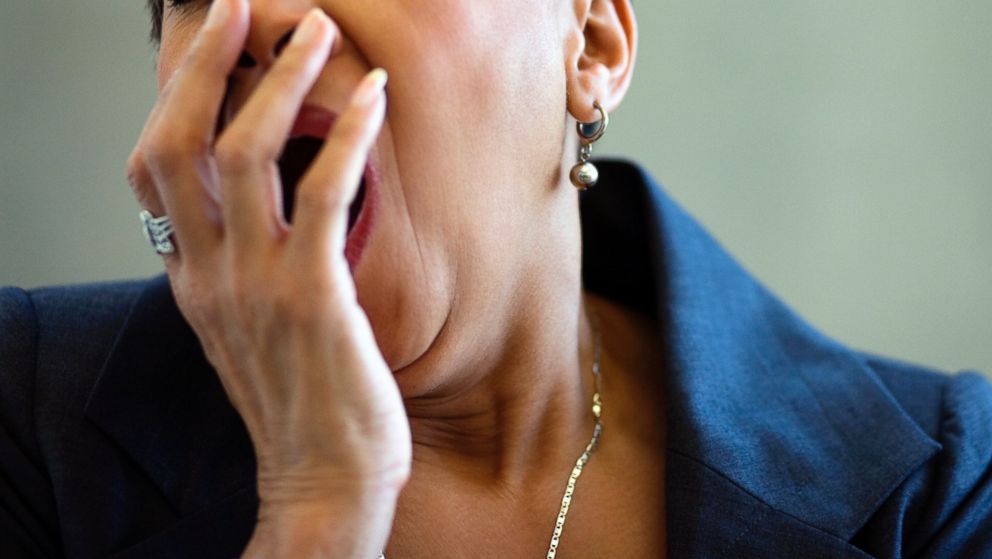— — Excessive yawning, whistling and laughing can potentially result in you being detained by airport security officials for further questioning, according to a recently released list.
The SPOT Referral Report (the acronym stands for “Screening of Passengers by Observation Techniques”) was obtained by The Intercept a week ago. The portal claims the unclassified report is a “top secret” Transportation Security Administration (TSA) document detailing what behavioral detection officers look for when monitoring suspicious travelers and possible terrorists at the country’s airports.
The actions listed on The Intercept’s 92-point checklist were divided into categories such as “stress factors,” “anxiety factors” and “signs of deception,” and ranged from “appears to be in disguise” and “pale face from recent beard shaving” to “excessive yawning,” “excessive throat clearing” and “looking down.”
The TSA would not confirm or deny to ABC News whether the specific indicators listed in the leaked report are used by officials or other parts of the administration. However, a spokesperson confirmed that the TSA uses behavioral detection and analysis.
“Behavioral detection is just one element of TSA’s efforts to mitigate threats to travelers, but it is critical to TSA’s multi-layered approach to deter, detect and disrupt individuals who pose a threat to aviation,” a TSA spokesperson said.
Critics of the SPOT practice claim that many of the behaviors listed in the report are no different from the behavior of normal travelers during airport security screening.
Meanwhile, the American Civil Liberties Union (ACLU) recently sued the TSA for not releasing the SPOT documents. They allege that the program promotes ethnic profiling.
“What we know about SPOT suggests it wastes taxpayer money, leads to racial profiling, and should be abolished,” said Hugh Handeyside, attorney for the ACLU National Security Project, in a statement announcing the lawsuit. “TSA has insisted on keeping documents about SPOT secret, but the agency cannot hide the fact that there is no evidence the program works. The discriminatory racial profiling that SPOT appears to have led to only underscores the need for the public to know more about how this program is used and the consequences it has for Americans’ rights.”
But the TSA defended its program in a statement to ABC News.
“Terrorists have used a variety of objects and methods to cause damage to aircraft – from shoes to liquids – but across all attack methods, the perpetrator’s malicious intent is the same,” a TSA spokesperson said. “Looking for suspicious behavior is a common-sense approach used by law enforcement and security personnel across the country and around the world, focusing on these behavioral indicators rather than objects. Combined with other layers of security, this helps mitigate a wide range of threats.”
However, there is no cause for immediate concern in normal individuals with “strong body odor,” “shaky hands,” “protruding carotid arteries” or other factors noted in the report, the agency warned.
“No single behavior alone will result in a traveler being subjected to additional screening or a police officer being called,” the TSA spokesperson said, adding, “Officers are trained and screened to ensure that referral for additional screening is based only on identifiable behavior and not on race or ethnicity.”

